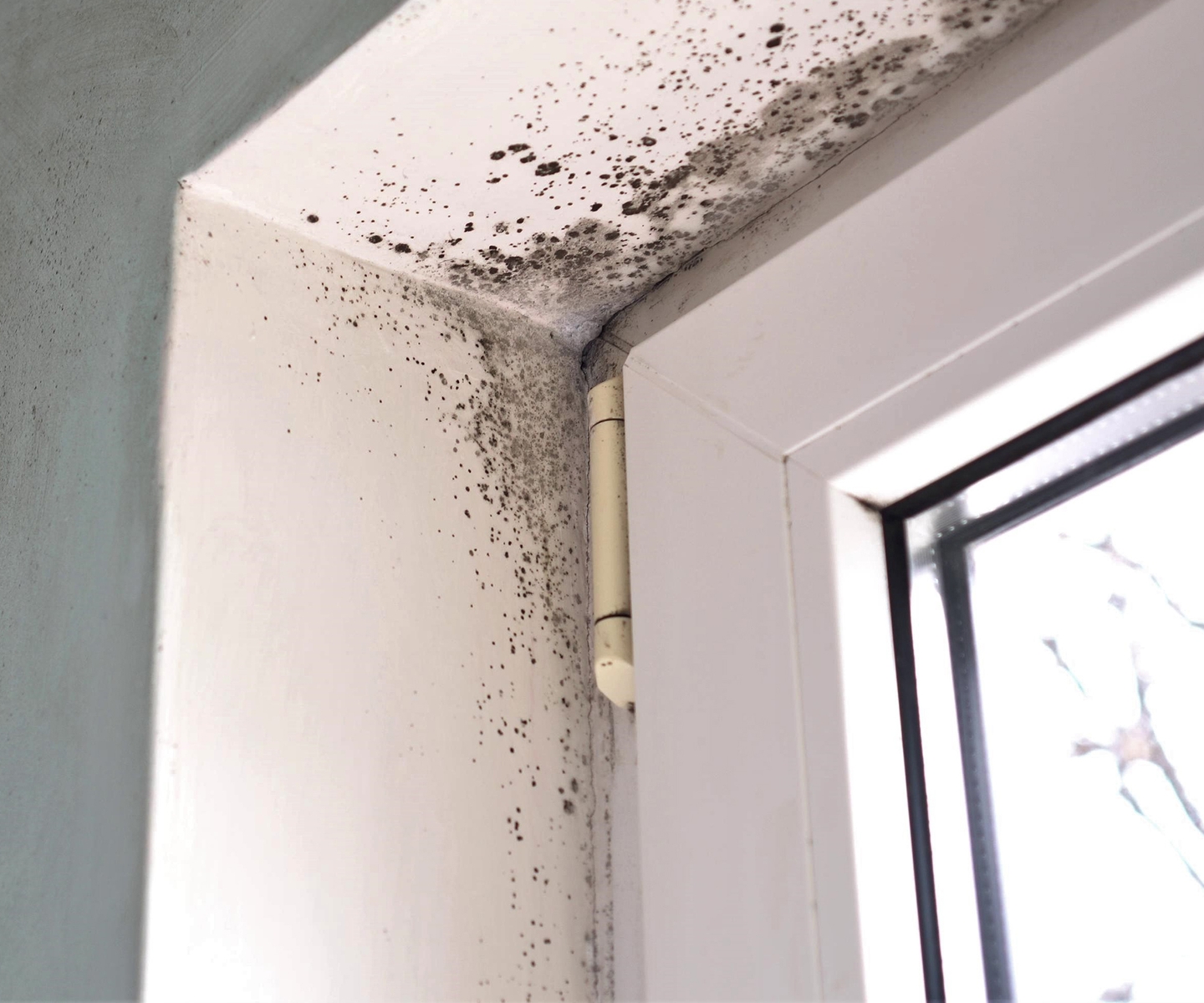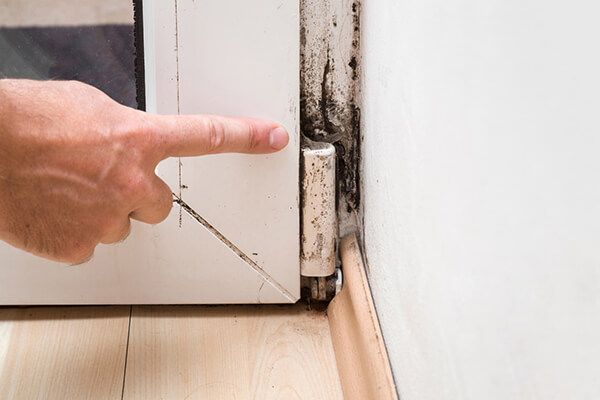Accessing Local Post Remediation Mold Testing Near Me
Professional Tips for Post Mold And Mildew Remediation Success
In the world of mold remediation, efficiently removing mold is just half the battle; the true challenge exists in avoiding its reappearance. By adhering to experienced tips and ideal methods, individuals can safeguard their rooms against mold rebirth and preserve a healthy interior environment.
Display Humidity Degrees Regularly
After completing mold and mildew removal procedures, maintaining optimum moisture levels is crucial to protect against mold and mildew re-growth and ensure a healthy interior atmosphere. High moisture degrees over 60% develop a favorable setting for mold to prosper, making routine checking a proactive step to prevent any type of future mold issues.
Making use of hygrometers or moisture meters can assist in accurately determining moisture degrees in various locations of the home. These tools supply real-time data that allows removal specialists to make informed choices relating to ventilation, dehumidification, and various other required actions to keep excellent humidity degrees post-remediation. Furthermore, establishing a regular schedule for moisture checks, particularly in risky locations such as cooking areas, washrooms, and basements, is a proactive technique to mold and mildew prevention. By continually keeping an eye on moisture levels, property proprietors can effectively minimize the risk of mold reoccurrence and keep a healthy and balanced interior environment post-remediation.
Conduct Thorough Inspections Post-Remediation
Adhering to the completion of mold remediation procedures, it is crucial to perform comprehensive evaluations to validate the efficiency of the remediation procedure. These post-remediation assessments are critical in ensuring that the mold and mildew concern has actually been efficiently resolved and that there is no recurrence or remaining mold and mildew growth. Assessments must be performed by qualified specialists that have know-how in determining mold and assessing interior air high quality.
During these inspections, numerous techniques such as visual analyses, air sampling, and surface area sampling may be employed to extensively examine the remediated locations. Visual analyses include a comprehensive evaluation of the premises to examine for any kind of visible signs of mold and mildew development or water damages. Air tasting assists in determining the air-borne mold spore degrees, while surface area sampling can identify mold fragments on surfaces.
Implement Appropriate Ventilation Methods
After ensuring the performance of the mold and mildew remediation procedure via thorough inspections, the following critical action is to concentrate on carrying out appropriate air flow approaches. Ample air flow is necessary in stopping mold reoccurrence by controlling wetness degrees and promoting air flow.
Appropriate air flow not only aids in preventing mold and mildew growth however also contributes to the total health and convenience of occupants. By making sure adequate ventilation throughout the building, you can decrease the danger of mold and mildew regrowth and create a healthier living atmosphere.

Usage Mold-Resistant Materials for Fixes
To improve the long-lasting effectiveness of mold removal initiatives, including mold-resistant products for repair services is essential in alleviating the threat of future mold growth. Mold-resistant products are designed to withstand moisture and hinder mold and mildew growth, making them a necessary option for areas vulnerable to moisture and moisture. site link When repairing areas impacted by mold, making use of materials such as mold-resistant drywall, mold-resistant paints, and mold-resistant caulking can aid stop mold reappearance.
Mold-resistant drywall is an outstanding choice to traditional drywall in locations like bathrooms and basements where wetness degrees are higher. This sort of drywall has an unique layer that resists mold growth even when revealed to damp problems. Additionally, utilizing mold-resistant paints consisting of antimicrobial representatives can better hinder mold and mildew growth on wall surfaces and ceilings.
In locations where wetness prevails, such as bathrooms and kitchens, utilizing mold-resistant caulking around windows, tubs, and sinks can aid secure out water and prevent mold from holding in fractures and gaps. By purchasing these mold-resistant materials throughout fixings post-remediation, you can dramatically lower the probability of future mold issues and keep a healthier indoor setting.
Maintain Tidiness and Address Water Issues
After mold remediation, it is vital to keep a tidy setting to prevent the regrowth of mold. Leaks, water invasion, or high humidity levels can produce the ideal breeding ground for mold, so it is necessary to deal with any water-related problems right away.
To preserve cleanliness, consider utilizing HEPA filters in vacuums and air cleansers to catch mold spores and prevent their flow airborne. Making sure proper ventilation in locations vulnerable to moisture build-up, such as additional reading washrooms and cooking areas, can assist keep moisture levels in check. By remaining watchful about tidiness and attending to water issues promptly, you can efficiently stop mold reinfestation and maintain a healthy and balanced indoor setting.
Final Thought

In the realm of mold remediation, efficiently eradicating mold is just half the fight; the real obstacle lies in avoiding its reappearance. After completing mold remediation treatments, preserving optimum humidity degrees is critical to stop mold re-growth and make certain a healthy and balanced indoor setting. High humidity levels above 60% develop a favorable setting for mold to grow, making regular monitoring a positive action to avoid any kind of future mold concerns.
To enhance the lasting effectiveness of mold and mildew remediation initiatives, incorporating mold-resistant products for repair work browse around this site is vital in reducing the threat of future mold development. After mold removal, it is vital to preserve a clean setting to avoid the regrowth of mold.